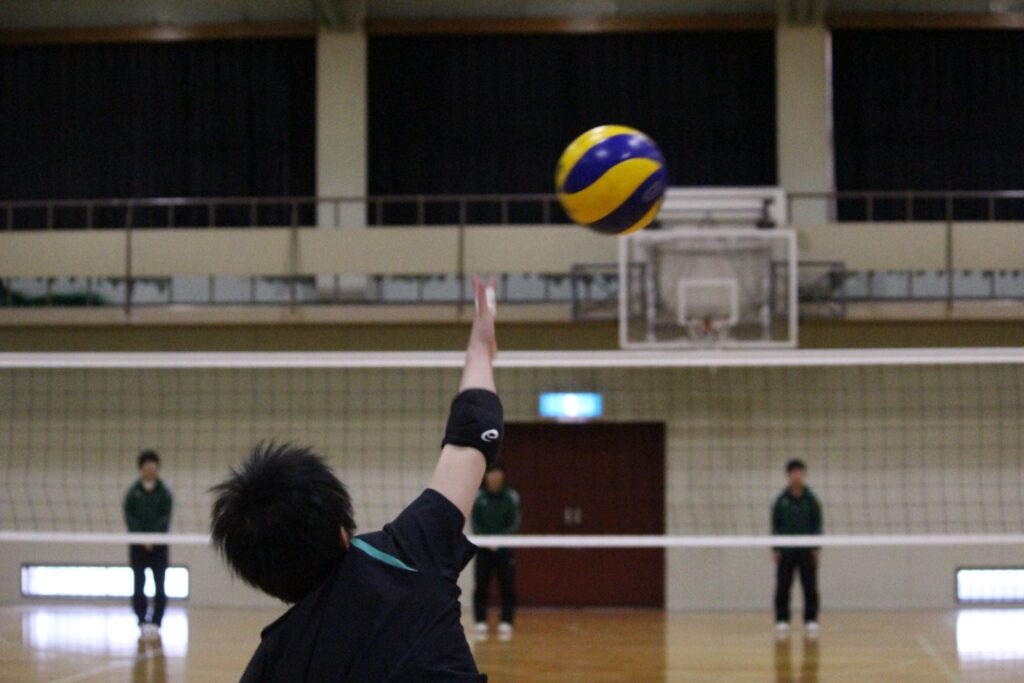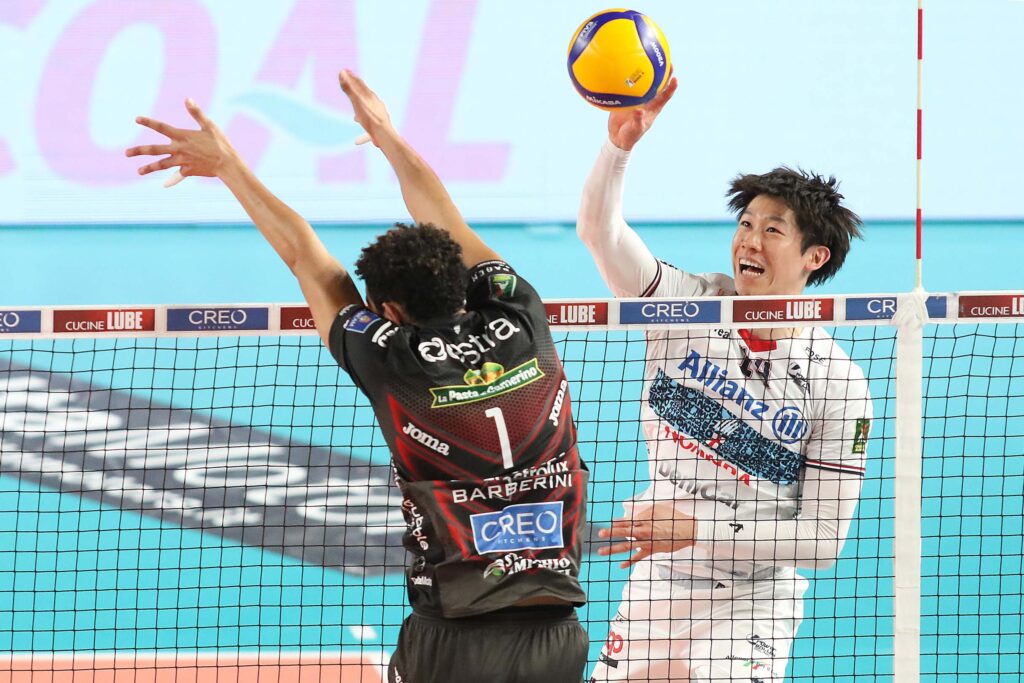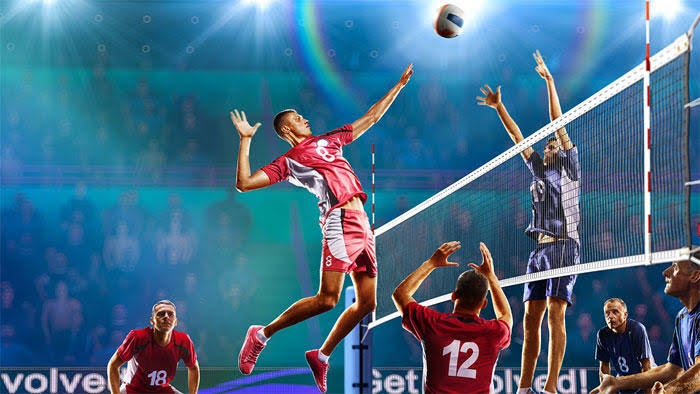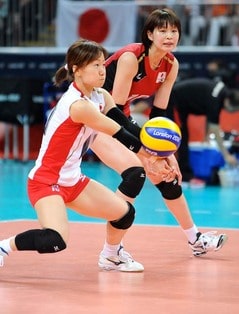
Internal bleeding and pain in the arm caused by under-receiving in volleyball is one of the most common injuries that can occur while playing volleyball.
Appropriate first aid and subsequent care are important to improve this situation. Here are some ways to relieve pain and internal bleeding.
目次
What to do if your arm hurts from internal bleeding due to wearing it too much
1. First aid treatment (RICE treatment)
- Rest: Resting the injured arm is the first priority. If you use it forcibly, your symptoms may worsen.
- Ice: Applying an ice pack or cold pack to the injured area can reduce inflammation and relieve pain. Repeat every hour or so for 15 to 20 minutes. Please wrap it with a towel etc. to avoid direct contact with your skin.
- Compression: Applies moderate pressure to the arm to reduce swelling. However, be careful not to tighten it too much.
- Elevation: Keeping the injured arm above the level of the heart can help reduce swelling. If you experience pain, it may be a good idea to support your arm using a cushion.
2. Pain management
- Using pain medication: Nonsteroidal anti-inflammatory drugs (NSAIDs) may be used to relieve pain, as directed by your doctor.
- Warm compresses: After the internal bleeding has subsided, it may be helpful to use a warm compress to relieve muscle tension.
3. Recovery support
- Light stretches and exercises: Once the pain subsides, begin light stretches and exercises to regain movement in your arm. However, avoid movements that cause pain and gradually increase the load.
- Rehabilitation: An appropriate rehabilitation program supports the recovery of muscle function. Proceed with advice from experts.
4. Doctor’s examination
- If your symptoms are severe or there is no improvement, consult your doctor. Appropriate diagnosis and treatment may be required.
5. Prevention
- Improve your technique: Review your under-receiving technique and receive the ball with proper form to reduce your risk of injury.
- Use protectors: Arm protectors can help protect your arms from bruising and internal bleeding.
If your arm hurts due to internal bleeding, you can expect improvement with appropriate treatment and time-consuming care.
If you feel pain, don’t push yourself too hard and take proper rest and care.
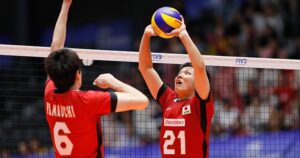
My arm is bleeding internally, but I can’t stop practicing!
It is difficult to be unable to take time off from practice, but if you continue to practice volleyball while suffering from internal bleeding and pain in your arm, please keep the following points in mind.
However, the most important thing is to seek medical attention as soon as possible.
1. Use protection
- Support equipment: Wear protective equipment such as arm sleeves and elbow pads to protect your arm from internal bleeding. This will help cushion the direct impact and prevent further damage.
2. Minimize pain
- Cooling: Use a cooling pack before and after practice to relieve pain and swelling. Wrap the cooling pack in a cloth to avoid applying it directly to your skin.
- Mitigation: While practicing, avoid painful movements and limit your activities to pain-free ranges.
3. Adjust your practice content
- Non-contact drills: Focus on non-contact drills to deepen your understanding of techniques and tactics rather than the actual play. Examples include positioning, learning game strategies, and video analysis.
- Light exercise: Limit your practice to exercises that do not put stress on your injured arm. Conditioning and lower body exercises that don’t involve using your arms are good options.
4. Prioritize recovery
- Get enough rest: Once you get home, keep your injured arm elevated and make sure you get plenty of rest. Recovery takes time, but proper rest will speed up the healing process.
- Nutrition and Hydration: Good recovery requires proper nutrition and adequate hydration. Make sure to eat a balanced diet and stay hydrated.
5. Doctor’s diagnosis
- Expert opinion: If internal bleeding or pain persists, ask your doctor if it is safe to continue practicing. Continuing to practice while ignoring the pain may worsen the symptoms.
Practicing with pain or internal bleeding is extremely risky and can lead to long-term injuries.
If possible, we strongly recommend resting until your symptoms improve.
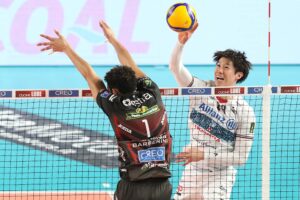
How to continue practicing volleyball while enduring pain
Continuing to practice sports through pain increases the risk of injury and can lead to long-term damage.
So, first of all, I would like to emphasize that if you are in pain, it is of utmost importance to consult a medical professional and receive appropriate treatment.
However, as long as your pain is minor and your doctor has cleared it to be safe to continue practicing, there are several approaches you can use to continue practicing.
1. Pain management
- Cold therapy: Apply ice or cold packs to the painful area before and after practice to reduce inflammation and relieve pain.
- Proper Warm-up: Warm up thoroughly before practice to warm up your muscles and increase flexibility. This reduces the risk of injury.
- Use pain medication: Use pain medication as needed, as directed by your doctor. However, you must understand that this only temporarily masks the symptoms and does not treat the cause.
2. Adjust your practice method
- Adjustment of load: Adjust the intensity and content of exercises to avoid putting strain on the painful area. For example, avoid movements such as jumps and dives, and focus on practicing techniques on the ground.
- Changing positions: Depending on the area of pain, you may be able to continue practicing by changing positions. For example, a temporary change could be from attacker to libero.
3. Improve your technique
- Improving form: Review and improve improper form and movements that may cause injury. For example, learning proper underhand passing technique can reduce the impact on your arms.
- Video analysis: Record your own play on video and check for problems with form and movement. You may want to seek feedback from a coach or expert if needed.
4. Focus on recovery
- Allow recovery time: Get enough rest between practices to give your body time to recover.
- Stretching and recovery: After practice, include stretches to relieve muscle tension and recovery techniques such as foam rolling.
Practicing through pain is only a short-term solution and can make the problem worse in the long run.
If the pain persists, you need the courage to stop practicing. Ultimately, putting your health first and addressing the cause of your pain is paramount to long-term enjoyment of your sport.
Click here for volleyball glossary
